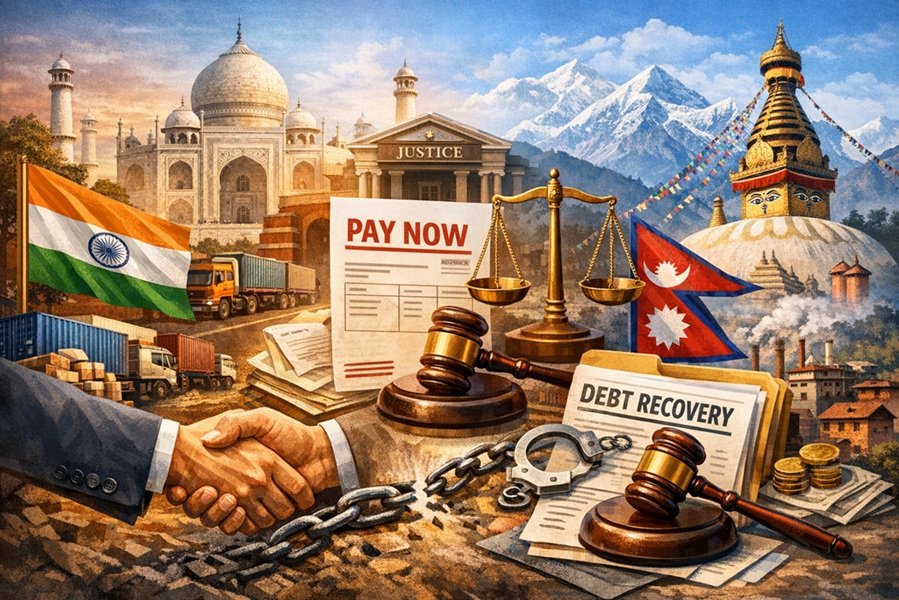
Introduction
The Coco Islands, an archipelago in the northeastern Indian Ocean, have long been a subject of geopolitical intrigue and speculation. While they officially belong to Myanmar, the islands have been at the center of strategic maneuvers involving China, India, and the broader Indo-Pacific region. This article explores the history, geography, strategic importance, and India’s relations concerning the Coco Islands.
Geography and Location
The Coco Islands are located in the northeastern part of the Bay of Bengal, approximately 55 km north of India’s Andaman and Nicobar Islands. The archipelago consists of:
- Great Coco Island
- Little Coco Island
- Milman Island
- Several small islets
These islands are part of Myanmar’s Yangon Region and lie within the Coco Channel, a crucial waterway connecting the Andaman Sea to the Indian Ocean.
Historical Background
The history of the Coco Islands can be traced back to colonial times when they were under British control as part of British India. Following India’s independence in 1947 and Myanmar’s independence in 1948, the islands became a part of Myanmar.
However, reports suggest that the islands were leased to China in the early 1990s, a move that sparked concerns in India and other regional powers. The strategic location of these islands makes them valuable for maritime surveillance, intelligence gathering, and military operations.
Strategic and Geopolitical Importance
1. Proximity to India’s Andaman and Nicobar Islands
The Coco Islands lie close to India’s Andaman and Nicobar Islands, a strategically important region for India’s maritime security and naval operations. The presence of foreign military installations near this region raises alarms for India’s defense establishment.
2. Control Over Key Maritime Routes
The Bay of Bengal is a crucial part of the Indo-Pacific trade network. Any surveillance or military base in the Coco Islands can monitor naval movements between the Indian Ocean and the South China Sea.
3. Potential Chinese Military Presence
There have been numerous reports, albeit unverified, of Chinese intelligence and military installations on Great Coco Island. Satellite imagery analysis by defense experts has suggested the presence of airstrips, radar installations, and naval docks, indicating that the islands could serve as a strategic outpost for China’s military in the region.
4. Implications for India’s Security
A Chinese presence on the Coco Islands could give Beijing an advantage in monitoring Indian naval movements and activities in the Andaman Sea. This could further tilt the strategic balance in China’s favor in the Indo-Pacific region.
India’s Relations and Response
1. Diplomatic Engagement with Myanmar
India maintains diplomatic ties with Myanmar and has sought reassurances regarding military activities on the Coco Islands. Given Myanmar’s dependence on China for economic and military aid, India has adopted a careful diplomatic approach.
2. Strengthening Andaman and Nicobar Command
In response to concerns over the Coco Islands, India has enhanced its military presence in the Andaman and Nicobar Islands. The Indian Navy and Air Force have strengthened their surveillance and defense capabilities to monitor activities in the region.
3. India’s Act East Policy and Strategic Partnerships
As part of its Act East Policy, India has strengthened ties with ASEAN nations and engaged in joint naval exercises with regional allies like Japan, the US, and Australia to counterbalance Chinese influence in the Indo-Pacific.
Future Outlook
The strategic value of the Coco Islands will continue to shape regional security dynamics. While Myanmar officially denies the presence of Chinese military installations, concerns persist. India’s response will likely involve a mix of diplomacy, military readiness, and strategic partnerships to safeguard its interests in the region.
Conclusion
The Coco Islands remain a focal point in the evolving power dynamics of the Indo-Pacific. With China’s growing influence in the region and India’s increasing strategic concerns, these islands will continue to be significant in the broader geopolitical chessboard. The future will depend on diplomatic engagements, regional alliances, and strategic countermeasures adopted by India and its allies.






